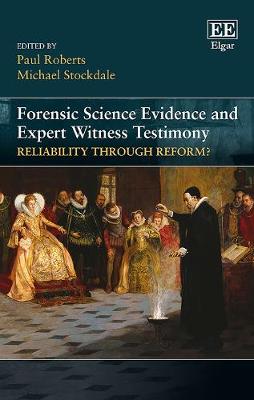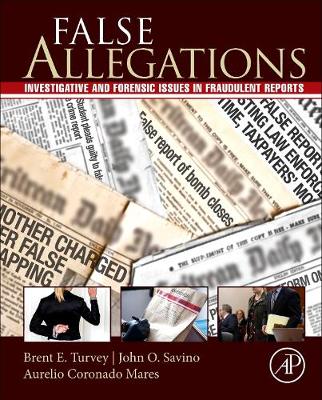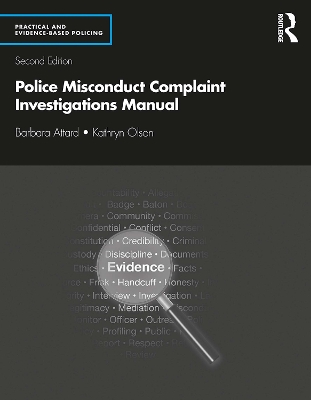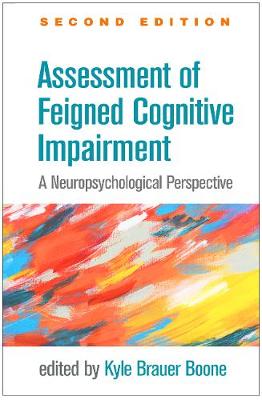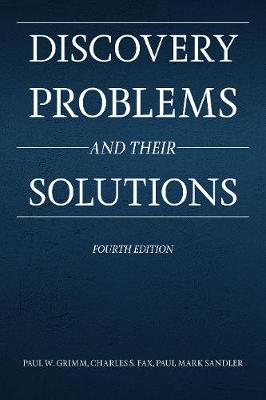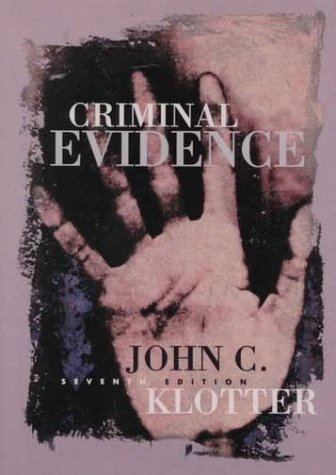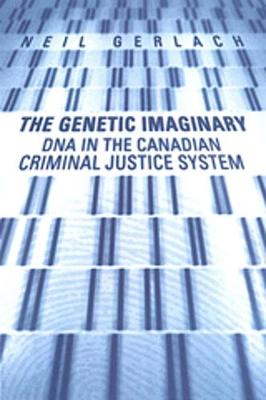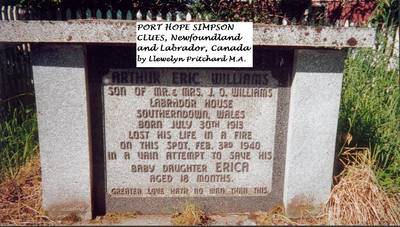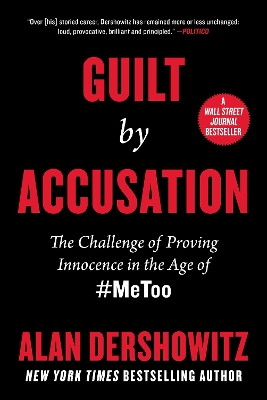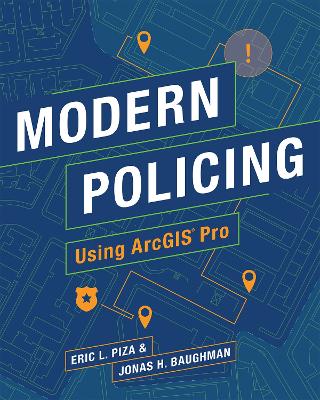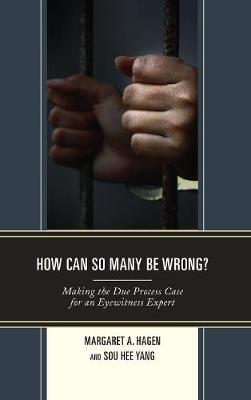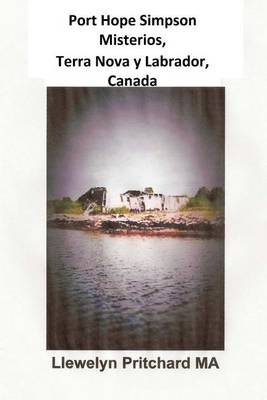Army Tactics, Techniques, and Procedures ATTP 3-39.20 (FM 3-19.50) Police Intelligence Operations
by United States Government Us Army
Uncovers how the process of sexual assault adjudication reinforces inequality and becomes a public spectacle of violence For victims in sexual assault cases, trials rarely result in justice. Instead, the courts drag defendants, victims, and their friends and family through a confusing and protracted public spectacle. Along the way, forensic scientists, sexual assault nurse examiners, and police officers provide their insight and expertise, shaping the story that emerges for the judge and jury. T...
Forensic Science Evidence and Expert Witness Tes - Reliability through Reform?
by Paul Roberts and Michael Stockdale
This book discusses the intense practical and theoretical challenges of forensic science evidence and the pivotal role it plays in modern criminal proceedings. A global team of prominent scholars and practitioners explores the contemporary challenges of forensic science evidence and expert witness testimony from a variety of theoretical, practical and jurisdictional perspectives. Both the methodological integrity and the reliability of forensic science have been questioned in recent official re...
False Allegations
by Brent E. Turvey, John O. Savino, and Aurelio Coronado Mares
False Allegations: Investigative and Forensic Issues in Fraudulent Reports of Crime provides investigators and forensic examiners with a reference manual comprised of objective protocols for managing cases. It helps them understand the nature and extent of false allegations to more accurately identify false allegations should they present in casework. It also prepares users on how to confront and explain false allegations, including instances where colleagues and supervisors may be steeped in bi...
The Police Misconduct Complaint Investigations Manual provides a timely and unique, step-by-step approach to conducting or reviewing police misconduct investigations, whether a complaint involves a lower-level allegation of discourtesy or more serious concerns such as excessive force or criminal behavior. Utilizing real-life examples and updated case law to illustrate points, it provides best practices for investigating police action resulting in misconduct complaints. The Manual's comprehensive...
Oregon Revised Statutes Title 18 Executive Branch Organization 2020 Edition
by Oregon Legislature
Assessment of Feigned Cognitive Impairment (Evidence-Based Practice in Neuropsychology)
The go-to resource for clinical and forensic practice has now been significantly revised with 85% new material, reflecting the tremendous growth of the field. Leading authorities synthesize the state of the science on symptom feigning in cognitive testing and present evidence-based recommendations for distinguishing between credible and noncredible performance. A wide range of performance validity tests (PVTs) and symptom validity tests (SVTs) are critically reviewed and guidelines provided for...
A Practical Guide to Federal Evidence (NITA)
by Anthony J. Bocchino and David A Sonenshein
In a world awash in "fake news," where public figures make unfounded assertions as a matter of course, a preeminent legal theorist ranges across the courtroom, the scientific laboratory, and the insights of philosophers to explore the nature of evidence and show how it is credibly established.In the age of fake news, trust and truth are hard to come by. Blatantly and shamelessly, public figures deceive us by abusing what sounds like evidence. Preeminent legal theorist Frederick Schauer proposes...
Federal Rules of Evidence: With Advisory Committee Notes and Legislative History (Supplements)
by Christopher B Mueller, Laird C Kirkpatrick, and Liesa Richter
Discovery Problems and Their Solutions
by Paul W Grimm, Charles S Fax, and Paul Mark Sandler
Criminal Evidence is a well-respected and trusted introduction to the rules of criminal evidence for criminal justice students and professionals. The first half of this book follows the Federal Rules of Evidence in its explanation of how evidence is collected, preserved, and presented in criminal court. The second half provides a selection of relevant criminal court cases that reinforce these basics and provide the context of how these rules are currently practiced. Readers will have an understa...
DNA testing and banking has become institutionalized in the Canadian criminal justice system. As accepted and widespread though the practice is, there has been little critique or debate of this practice in a broad public forum on the potential infringement of individual rights or civil liberties. Neil Gerlach's The Genetic Imaginary takes up this challenge, critically examining the social, legal, and criminal justice origins and effects of DNA testing and banking. Drawing on risk analysis, Gerla...
Port Hope Simpson Clues, Newfoundland and Labrador, Canada: Cover-Up (Port Hope Simpson Mysteries, #4)
by Llewelyn Pritchard Ma
A Wall Street Journal Besteller! Alan Dershowitz, one of America's most respected legal scholars and a New York Times bestselling author proves-with incontrovertible evidence-that he is entirely innocent of the sexual misconduct accusations against him, while suggesting a roadmap for how such allegations should be handled in a just society. "Maybe the question isn't what happened to Alan Dershowitz. Maybe it's what happened to everyone else."-Politico Alan Dershowitz has been called "one of...
An essential tool for crime analysts looking to enhance the quality and efficiency of their crime mapping using ArcGIS Pro. Modern Policing Using ArcGIS Pro is an easy-to-use hands-on guide for crime analysts of any skill level. Crime mapping and spatial analysis play a key role in a variety of day-to-day police functions, and with ArcGIS Pro, crime analysts can enhance the efficiency of their workflow and the quality of their crime-mapping products. Designed to be immediately useful and practi...
How Can So Many Be Wrong?
by Margaret A. Hagen and Sou Hee (Sophie) Yang
Of the 347 U.S. false criminal convictions overturned so far through DNA testing, 73 percent were based on erroneous eyewitness testimony. How could so many eyewitnesses be wrong? This book answers this question. The analysis of the U.S. Supreme Court eyewitness cases shows that most of the Court's holdings were likely in error. The Court--like the judges and juries in the courts below--greatly overestimated the reliability of eyewitnesses against the defendants and decided their convictions bas...
"For the advocate the task is to see the entire tableau in advance so that the court can be persuaded that a particular bit of evidence is relevant and probative. Wells counsels against looking at the part without regard to the whole: the proper approach is to assess the part within the whole...Here is a monograph penned to stamp out the effects of too much distilling, too much cutting and paring. Its argument should delight every magistrate, every first instance trial judge, every advocate who...
Port Hope Simpson Misterios, Terranova y Labrador, Canada
by Llewelyn Pritchard
Florida Evidence Code with Objections (NITA)
by Teresa McGarry, Lisa Hirsch, Anthony J. Bocchino, and David A Sonenshein


